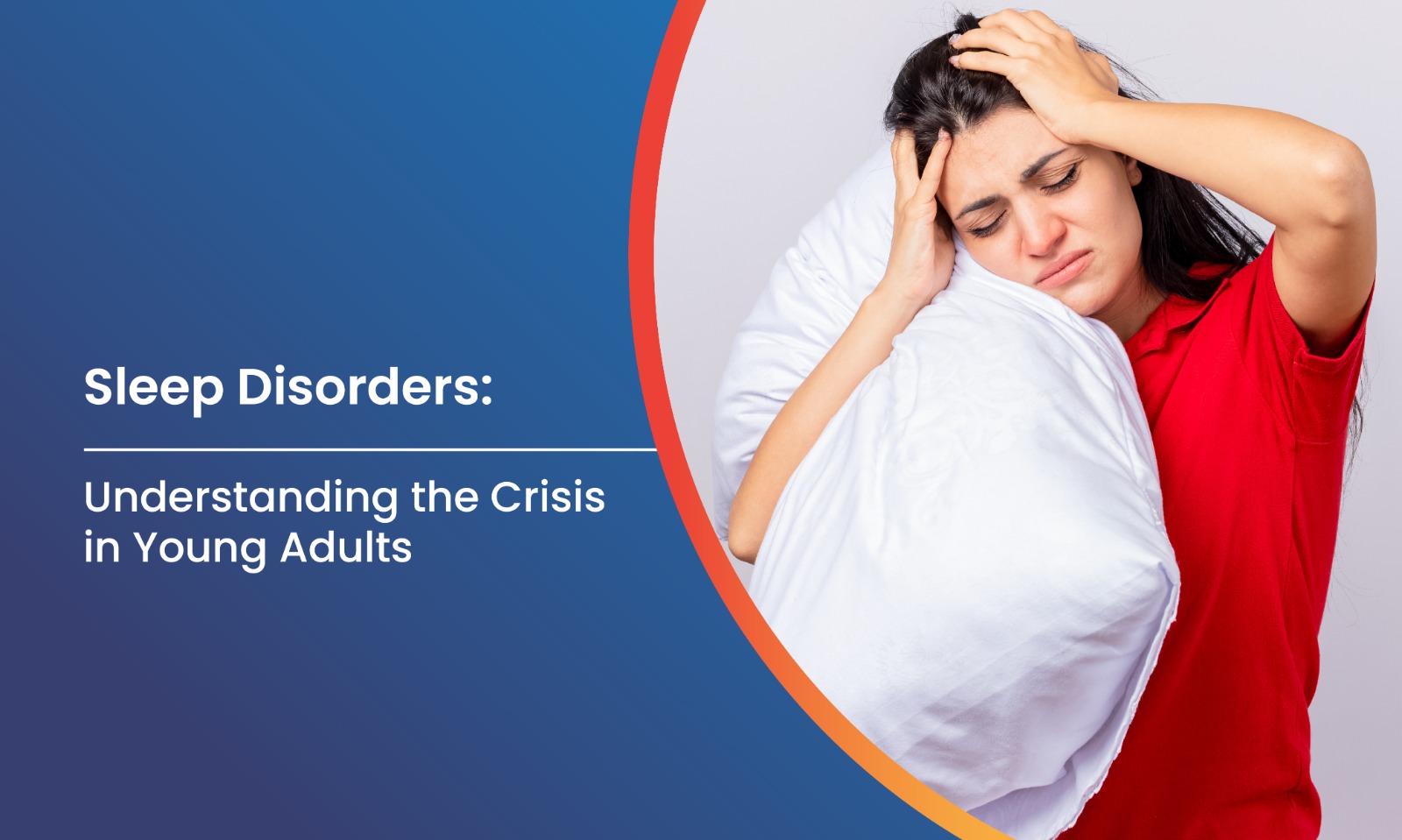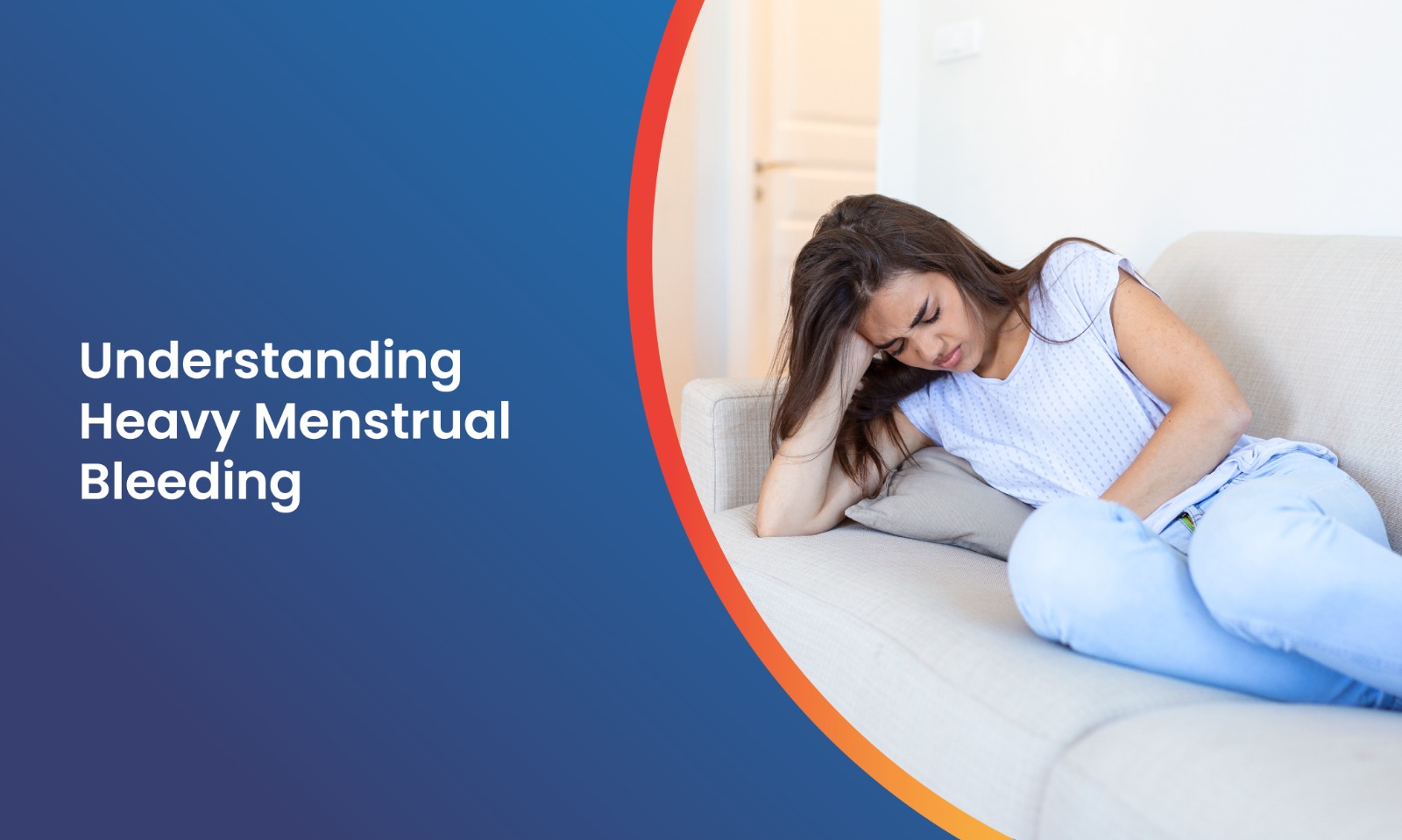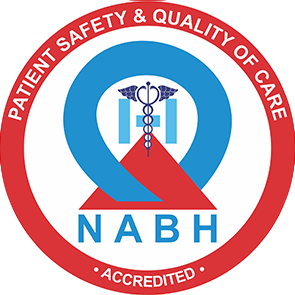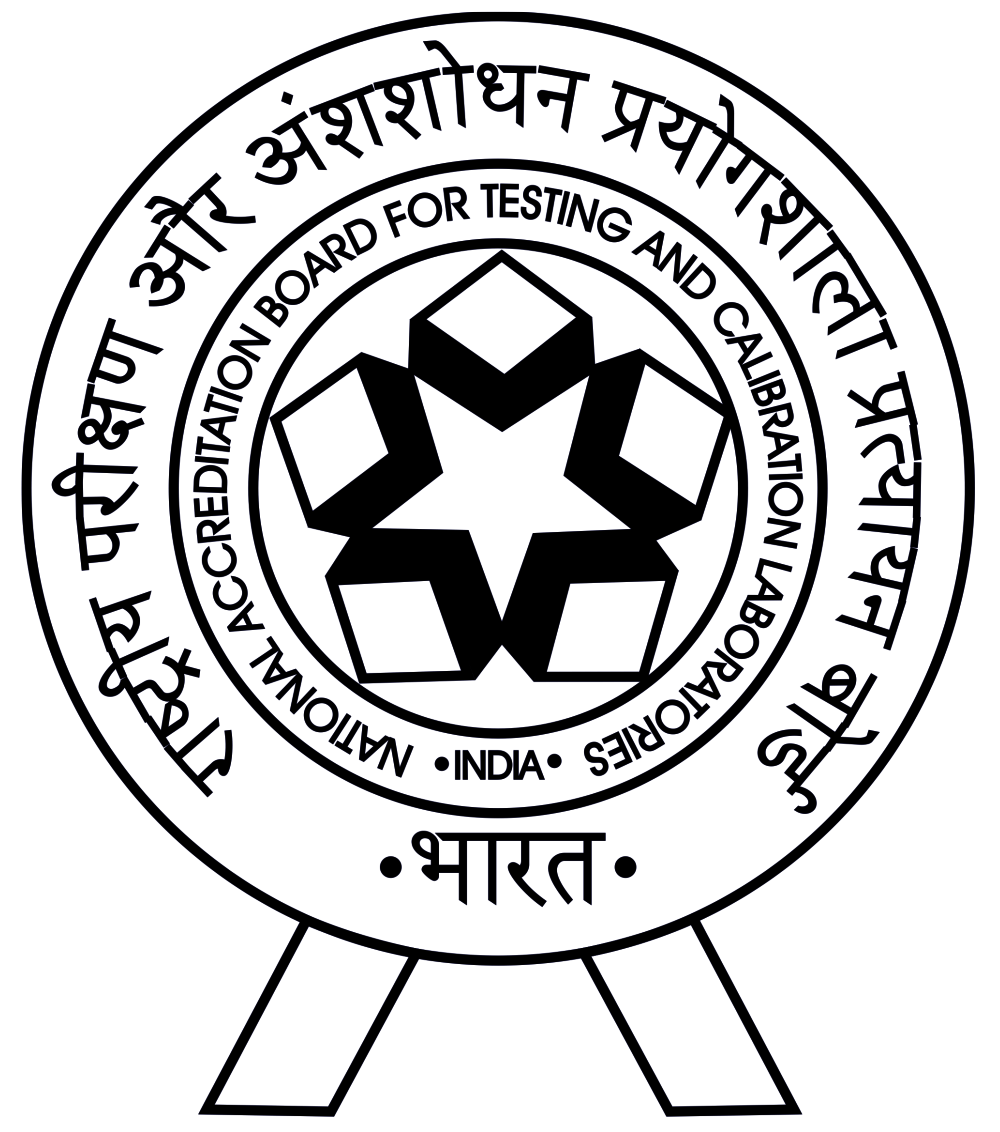Understanding Anal Fissures: A Comprehensive Guide to Causes, Symptoms, and Treatment
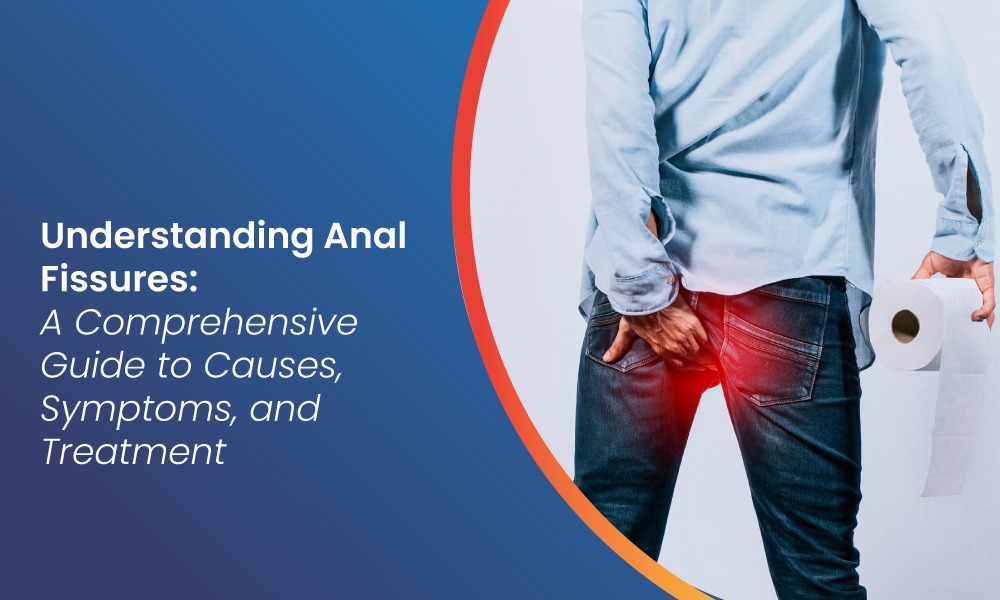
Understanding Anal Fissures: A Comprehensive Guide to Causes, Symptoms, and Treatment
Anal fissures are a common and often painful condition, representing a small tear in the delicate mucosal lining of the anus. This seemingly minor issue can cause significant discomfort and distress, impacting an individual's quality of life and daily activities. Understanding the underlying causes and recognising the distinct symptoms are the first crucial steps toward finding effective relief and healing.
A fissure may seem minor, but without the right approach, it can become a chronic issue, leading to a recurring cycle of pain and anxiety. By knowing when to self-treat, when to make lifestyle adjustments, and when to consult a doctor, you can prevent complications and promote faster healing. This comprehensive article will help you recognise, manage, and, most importantly, prevent fissures while answering the key questions people have.
Table of Contents
What Are Anal Fissures?
Why Do Anal Fissures Occur?
Symptoms and Signs
Diagnosing Anal Fissures
Home Care and Self-Help Measures
Medical Treatments and Procedures
Preventing Anal Fissures
When to See a Doctor
FAQs
What Are Anal Fissures?
Anal fissures are small tears or cuts in the lining of the anal canal, the short tube through which stool passes out of the body. This delicate mucosal lining is easily injured during bowel movements, especially when the stool is unusually hard, large, or passed with significant straining. Fissures can happen at any age and are particularly common among infants, pregnant or postpartum women, and adults with digestive disturbances.
A fissure is essentially a crack or split in the moist tissue (mucosa) lining the anus.
The fissure usually appears in the posterior (back) midline of the anus, but can occur anteriorly or laterally in rare cases.
Initial tears are typically superficial, but chronic fissures can deepen over time and may develop additional tissue changes.
Anal fissures are one of the most frequent causes of severe rectal pain and bright red rectal bleeding with bowel movements.
They often heal on their own, but persistent cases require specific medical attention.
They should not be confused with haemorrhoids, which are swollen blood vessels, though both can cause analogous symptoms.
Why Do Anal Fissures Occur?
While the trauma of passing a hard or bulky stool is the classic trigger for a fissure, there are several contributing factors and underlying conditions that may play a role. Rapid or repeated pressure on the anal lining—not just constipation—can also result in a tear. A healthy, flexible mucosa typically withstands daily stress, but when stretched beyond its capacity, a fissure develops.
Common causes and risk factors include:
• Constipation and straining: Passing hard, dry, or large stools and straining during bowel movements (most frequent cause).
• Chronic or recurrent diarrhoea: Softer, more acidic stools irritate and inflame the anal lining, also increasing the risk.
• Tight anal sphincter muscles: Excess tension or spasm in the internal anal sphincter can pull the fissure apart and reduce blood flow.
• Inflammatory bowel disease (IBD): Conditions like Crohn’s disease or ulcerative colitis lead to heightened mucosal fragility.
• Infections or less common diseases: Sexually transmitted infections, malignancy, or surgery to the anal area.
3. Symptoms and Signs
Recognizing an anal fissure is vital, as early symptoms often prompt self-care and prevent chronic complications. While the presentation may overlap with other rectal disorders, fissures are notorious for producing intense pain, especially during and after bowel movements.
Key signs and symptoms include:
• Sharp or burning pain: The pain is typically at its peak during bowel movements but can persist for minutes to hours afterward.
• Bright red blood: Usually noticeable on toilet paper, the surface of the stool, or in the toilet bowl.
• Visible crack or tear: A small, linear split at or near the anal opening may be seen or felt.
• Spasms or tightness: Sphincter muscle spasms around the fissure that intensify discomfort.
• Localized swelling/lump: A sentinel skin tag or small lump (common with chronic fissures) may develop near the fissure.
• Itching or irritation: Common in healing or chronic fissures due to ongoing skin breakdown or moisture.
4. Diagnosing Anal Fissures
Diagnosis of an anal fissure relies heavily on the classic symptoms and a brief, careful physical examination. In many cases, the physician can make a confident diagnosis by simply observing the fissure at the anal margin.
Diagnostic steps include:
• Medical history: Description of pain, bleeding, and any bowel habit changes.
• Physical exam: Direct visual inspection of the anus (using gentle separation of the buttocks).
• Digital rectal exam: Rarely required if the fissure is very painful; sometimes used to rule out other conditions.
• Anoscopy or further testing: If symptoms are atypical, severe, or suggest alternative diagnoses, such as Crohn’s disease or tumours, a small viewing instrument (anoscope) or colonoscopy may be recommended.
• Evaluation for underlying causes: Additional testing for patients with persistent, recurrent, or unusual fissure locations (side rather than typical back/front).
5. Home Care and Self-Help Measures
For most individuals, conservative self-care measures are sufficient to heal a new (acute) anal fissure within a few weeks. The primary goal is to keep stools soft, prevent straining, and promote comfort for uninterrupted healing.
Key self-care steps include:
• Increase dietary fibre: Consume fruits, vegetables, whole grains, and legumes to ensure the bulk and softness of stools.
• Stay hydrated: Drink plenty of fluids throughout the day—aim for at least 8–10 glasses of water.
• Warm sitz baths: Soak your bottom in warm water for 10–20 minutes several times daily (especially after bowel movements) to relax muscles and ease pain.
• Stool softeners: If needed, gentle osmotic laxatives, fibre supplements, or stool softeners reduce straining.
• Good hygiene: Keep the perianal area clean and dry; use gentle wipes rather than rough toilet paper.
• Avoid triggers: Don’t hold back the urge to go; avoid long periods on the toilet.
6. Medical Treatments and Procedures
If a fissure fails to heal within six to eight weeks or is especially severe, further intervention by a healthcare professional is warranted. Chronic fissures often require medications or minor, low-risk procedures, all aimed at promoting healing and relieving pain.
Treatment options and procedures:
• Topical medications: Prescription creams, such as nitroglycerin ointment, to boost blood flow and help relaxation of the anal sphincter; calcium channel blockers (nifedipine or diltiazem) may be used similarly.
• Pain relief: Topical local anaesthetic (lidocaine) can reduce pain and discomfort.
• Botox injections: OnabotulinumtoxinA may be injected into the anal sphincter to decrease muscle spasm and facilitate healing.
• Medications for underlying constipation: Ongoing use of stool softeners or osmotic laxatives by prescription.
• Surgery: For chronic or resistant fissures, a minor operation called lateral internal sphincterotomy may be performed (cutting a portion of the sphincter to relax it and enhance blood flow). Surgery is highly effective with a low recurrence rate but carries a small risk of stool incontinence.
• Treatment of underlying illnesses: Crohn’s disease or other chronic inflammatory conditions also require appropriate management to prevent fissure recurrence.
Preventing Anal Fissures
Prevention focuses on minimizing trauma to the delicate anal mucosa and supporting healthy, regular bowel movements. Consistency in small daily habits offers strong protection from future fissures.
Recommended preventive measures:
• Maintain a high-fibre diet: Whole grains, fruits, vegetables, and legumes help keep stools bulkier and softer.
• Stay hydrated: Daily intake of fluids (especially water) lubricates the gut and reduces constipation risk.
• Exercise regularly: Physical activity energises bowel function and supports digestive health.
• Avoid straining: Respond promptly to the urge to defecate and avoid prolonged toilet sitting.
• Good toilet hygiene: Use moist wipes or soft toilet paper, and practice thorough cleaning without aggressive rubbing.
• Address digestive health: Don’t ignore chronic constipation, diarrhoea, or underlying gastrointestinal concerns—seek treatment for recurring symptoms.
When to See a Doctor
Many anal fissures heal within a couple of weeks with proper self-care, but medical assessment is sometimes essential to prevent complications or identify underlying problems.
Seek prompt medical advice if you experience:
- Symptoms persisting for more than seven days: Ongoing pain, bleeding, or lack of healing despite self-care.
- Very severe pain or persistent bleeding: Blood in the stool isn’t stopping or becomes more pronounced.
- Fever, chills, or anal discharge: These could indicate a secondary infection or more serious anal disease.
- New symptoms or a change in pain pattern: Especially if you notice swelling, lumps, or pus, or your pain worsens.
- Immunocompromised status, recent childbirth, or history of IBD: Higher risk groups should not delay care.
- Change in bowel habits or concerning health history: Particularly if over age 40, to rule out rarer causes like colon cancer.
FAQs
Q1 How quickly will an anal fissure heal on its own?
Serious fissures often heal within a few days to a few weeks with home remedies and lifestyle changes.
Q2 Are anal fissures a sign of something serious?
Usually not, but persistent, lateral, or recurrent fissures, or those with warning symptoms (e.g., fever, pus), may signal underlying disease like Crohn’s or infection.
Q3 Do fissures come back?
Yes, recurrence is possible, especially if triggers (constipation, diarrhoea, straining) aren’t managed long-term.
Q4 Can diet alone prevent fissures?
A fibre-rich diet and sufficient fluids are vital, but exercise, good toilet habits, and addressing bowel issues are all important for prevention.
Q5 Will surgery affect bowel control?
Surgery is very effective but carries a small risk of mild incontinence, especially for gas; risks are minimized by skilled surgeons.
Q6: Do children get anal fissures?
Yes, mainly due to constipation. In children and infants, quick treatment and addressing the diet can resolve most cases



